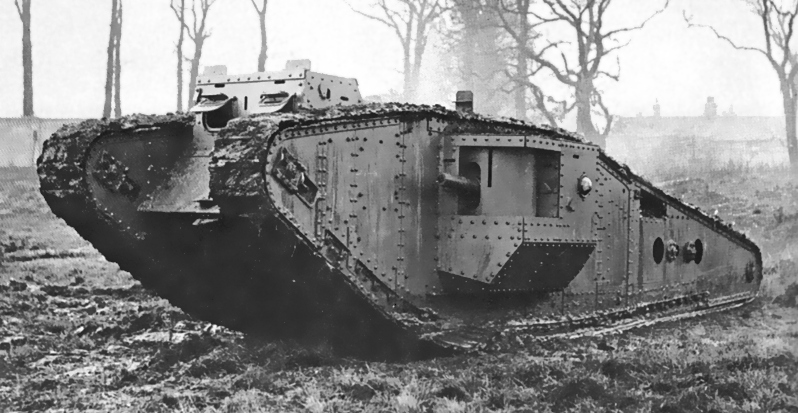It isn’t that unusual for Second World War aircraft to be unearthed completely with the remains of the pilot.
What is unusual is to find and exhume a First World War British tank in northern France.
The tank was one of 340 stationed against German forces at Cambrai, and one of the 35 tanks of D Company commanded by a Sydneysider, Lieutenant – Colonel William Frederick Robert Kyngdon, whose forbearers lived in St. Leonards, North of Sydney. He served in a number of postings, predominantly Africa.
Ten of the 35 tanks were destroyed as well as one in which five of the eight-man crew died. Following the war, villagers returned to their homes. The army team tasked with cleaning up the area decided to bury the tank, nicknamed Deborah, in a crater under dirt instead of destroying it with explosives as was the usual practice. And there it stayed until an elderly woman in the village told to the historian, Philippe Gorczynski, she had witnessed what had happened as a child.
There followed years of research as he examined old trench maps and aerial photographs. In 1998 Gorczynski’s efforts bore fruit, and in 1998 Deborah was excavated. That was only the start of the detective work.
Researchers located the graves of five men in a Commonwealth cemetery and determined some were members of Deborah’s crew. What began as a search for five families spiraled into more detective work. Researchers are now in contact with the families of around 100 tank pioneers spread worldwide, including Australia and New Zealand.
In May 1916 Kyngdon was in England, an unfamiliar country to him. The British Army was readying its secret weapon, the tank. Kyngdon was promoted to major and among those trained to use the new war weapon. He was in France one year later as Lieutenant – Colonel commanding D Battalion.
Vincent McGarry, a member of the research team, said another of his relatives served in tanks in the Second World War.

A book Deborah and the War of the Tanks is to be published and in addition, a museum to house the tank will be built in France.
Kyngdon left the army at war’s end and faded into history. In 1928 he appeared in the West Country and became secretary of the Burnham-on-Sea Golf Club in Somerset. Kyngdon and his wife later relocated to Scotland, where they died in the 1960s.
The research team located distant relatives in Australia and New Zealand. One of them, Andrew Kyngdon, is employed with NSW Office of Board of Studies as the chief psychometrician, an education analyst. Families of approximately 25 men who served in D Battalion will meet at the Honourable Artillery Company on September 19 in London for the book launch and mark the first tank attack at the Battle of the Somme on September 15, 1916.
